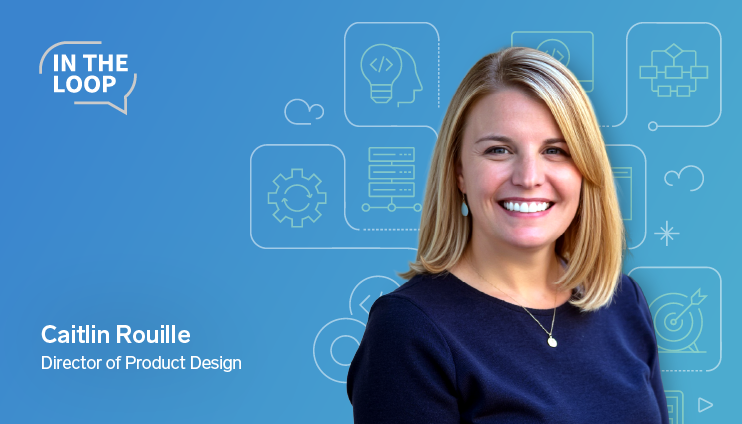The Operating System Powering Our Culture
Last week, we shared an important milestone for Advisor360°: the launch of Advisor360° Wealth OS, our AI-native advisor experience designed to help...
Solve your current pain points with our award-winning solutions.
Increase automation with our modern wealth platform.
The leading end-to-end wealth management platform.
Our team works to anticipate and surpass our clients’ expectations.
Merge our open, integrated platform and its solutions into your tech stack.
The #1 reason advisors switch firms is the desire for better technology.

Integration is now ubiquitous in the WealthTech space. Almost every advertisement boasts technology tools that are “fully integrated,” allowing users to have a “seamless experience.” But what does that truly mean?
First off, we need to separate the wheat from the chaff: just saying something is true doesn’t make it so. What’s known as the “hotel swimming pool” concept comes into play here: that is, there are certain features you just have to promote, even though most people will never use them, like a hotel swimming pool. True integration is different in that advisors will—and do—benefit from it.
These days, open architecture is the phrase du jour mentioned by broker-dealers and custodians alike. The concept itself is a thing of beauty, best described via an example. Envision five doors, each with a certain software function behind it. In the WealthTech industry, the five doors might be labeled:
Portfolio management (performance reporting and so on)
Document management (imaging)
Contact management (CRM)
Trade/model management (rebalancing)
Wealth management (planning)
In theory, each of these doors or functions could have five software vendors behind it (25 total), all of which would work “seamlessly” with each other. But this is where theory and practice begin to diverge. And that’s where the reality of a truly integrated technology world for financial advisors comes in, defined as follows:
Hundreds of platforms exist in financial advisory services: just look at Michael Kitces' financial AdvisorTech Solutions Map from this year to see how fragmented the industry is. Bringing together the best-of-the-best software into one deeply integrated SaaS WealthTech platform that unifies applications, platforms, and capabilities, offers several key advantages
for advisors.
Although many broker-dealers still aren’t doing this, passing data between applications is only the price of admission these days. For example, if you’re looking at a page showing any given household’s holdings, you should be able to sell from there, journal positions from there, or even change how dividends or capital gains are coded on a position, account, or household from there.
By grouping accounts through familial relationships across one or many generations, advisors can look at larger groups holistically to make financial recommendations with greater accuracy. Integrated accounts allow for making a CRM update once and seeing that change throughout all books and records.
True integration also involves more than data, allowing you to see calendars and, with a single click, generate portfolio reports for all the clients you’re meeting with in the upcoming days.
Defining an “experience” might be even more challenging than defining integration or CRM. But, for me, the experience is largely determined by the user interface that advisors must navigate—and learn! Most people would acknowledge that learning five different interfaces is more difficult and overwhelming than learning just one. Designing a platform for actual users, complete with consistent navigation, buttons, and the like, helps them feel comfortable and empowered, ultimately leading to a better experience.
One thing holds true for both integration and software: nothing is ever really complete; there is always more that can be accomplished. Advisor360° will continue to collaborate with the best software companies to enhance our comprehensive partner ecosystem that goes well beyond single sign-on.
Darren Tedesco is President of Advisor360° and has been part of our software development since its inception, bringing together the thinkers, creators, and visionaries that help power our clients’ productivity, profitability, and growth.

Last week, we shared an important milestone for Advisor360°: the launch of Advisor360° Wealth OS, our AI-native advisor experience designed to help...

Top advisors aren’t born—they’re built. And their habits are hiding in your data.

We live in a world of intelligent technology. The apps we use for travel, shopping, fitness, and healthcare remember preferences, anticipate needs,...